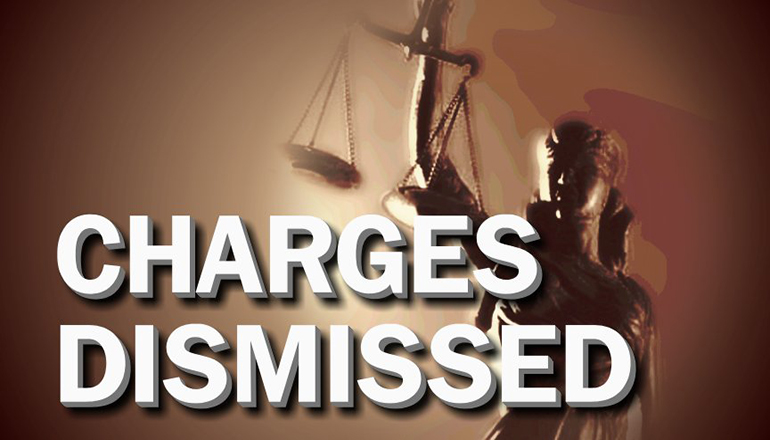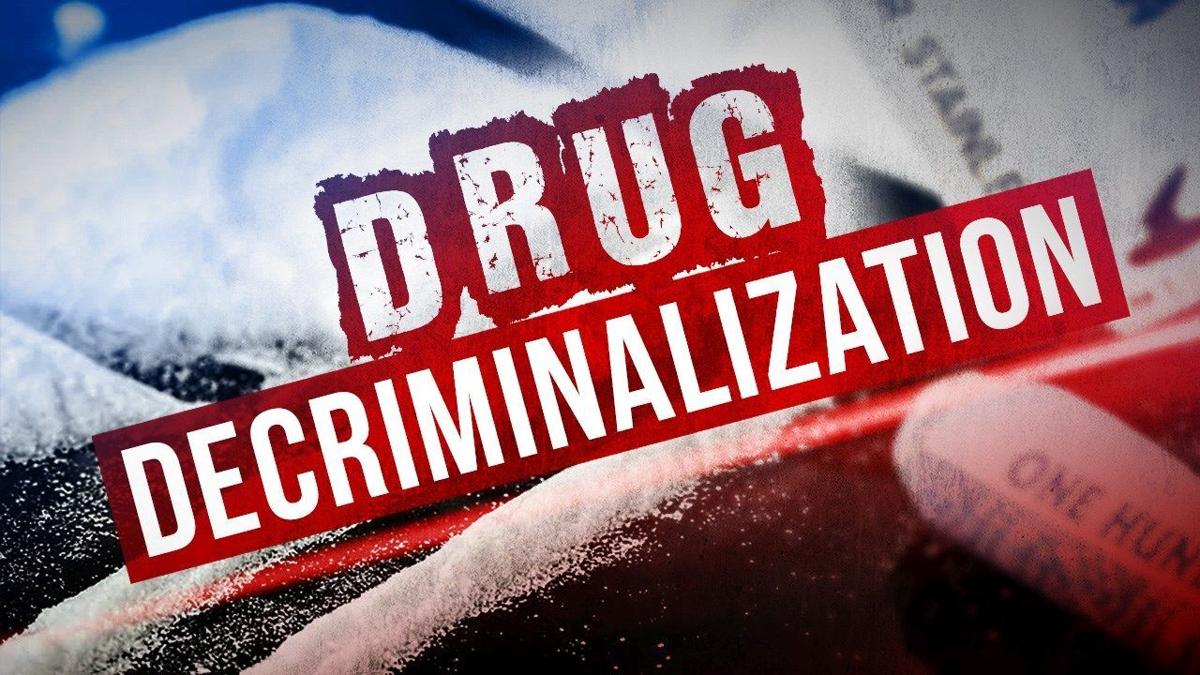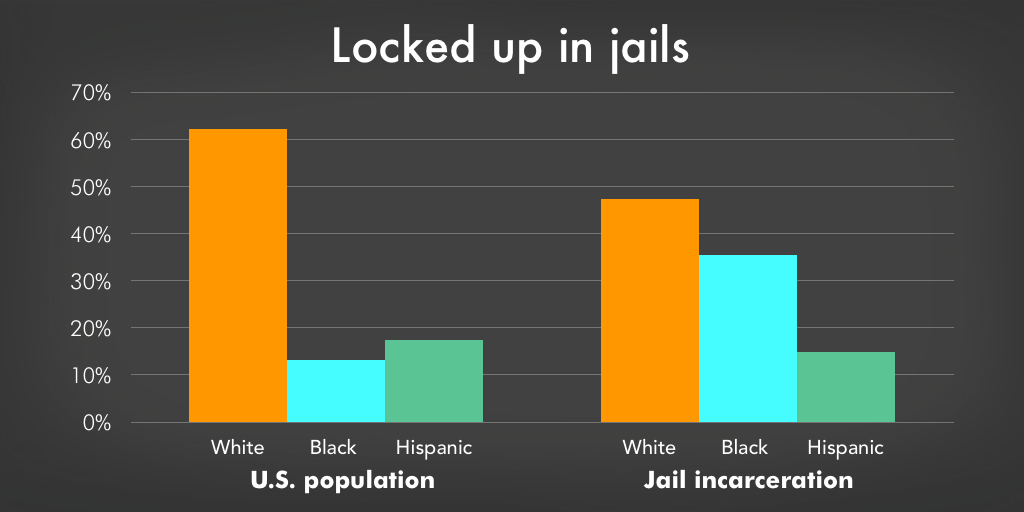
In State v. Coryell, the WA Supreme Court held that a defendant is entitled to a lesser included offense instruction under the Workman test when a jury could reasonably find, based on evidence submitted and the jury’s decision about whether it is credible or not, that the defendant committed only the lesser offense.
BACKGROUND FACTS
Mr. Coryell and his girlfriend Hart’Lnenicka lived together. One morning, the couple argued. Hart’Lnenicka accused Coryell of cheating on her with an ex-girlfriend. While they were talking, Coryell was playing a video game, and Hart’Lnenicka unplugged the game console, threatening to break it. Coryell took the console from Hart’Lnenicka and set it on the coffee table. At some point, Coryell pushed Hart’Lnenicka to the ground. Eventually, police responded and arrested Coryell.
The parties gave different versions of the incident. Ms. Hart’Lnenicka told police that Coryell kicked her out of the apartment, choked her, thrown her to the ground, and slammed her head into the laundry room doors. Coryell confirmed the sequence of events but denied ever grabbing Hart’Lnenicka around the neck. Ultimately, Coryell was charged with Assault Second Degree and Assault Fourth Degree.
At trial Officer Malone also stated that he saw no Petechial Hemorrhaging in the photographs presented at trial and that he observed no signs of it on Hart’Lnenicka on the day of the alleged assault. Nevertheless, the trial court declined to give the requested fourth degree assault instruction.
The jury convicted Coryell on both counts. Coryell appealed his conviction. Although the Court of Appeals affirmed the trial court’s decision denying a lesser degree instruction, the WA Supreme Court granted review.
COURT’S ANALYSIS & CONCLUSIONS
The Court began by saying that RCW 10.61.003 provides that where an offense consists of different degrees, “the jury may find the defendant not guilty of the degree charged in the indictment or information, and guilty of any degree inferior thereto.” Additionally, a defendant “may be found guilty of a lesser included offense, the commission of which is necessarily included within that with which he or she is charged in the indictment or information.”
“The reason lesser included instructions are given is to assist the jury in weighing the evidence, determining witness credibility, and deciding disputed questions of fact,” said the Court. “If the evidence permits a jury to rationally find a defendant guilty of the lesser offense, a lesser included offense instruction should be given.”
Consequently, the Court held that the trial court erred when it denied a lesser degree instruction on fourth degree assault:
“The evidence supported an inference that Coryell assaulted, but did not strangle, his girlfriend, and thus, he was entitled to a lesser degree instruction. This is consistent with the test in Workman and with the legislature’s directive in RCW 9A.04.100(2), which provides, ‘When a crime has been proven against a person, and there exists a reasonable doubt as to which of two or more degrees he or she is guilty, he or she shall be convicted only of the lowest degree.'”
Accordingly, the WA Supreme Court vacated Coryell’s conviction.
My opinion? Great decision. It’s fair to allow the defense to argue different theories of what happened based on the lack of evidence. Here, the lack of Petechial Hemorrhaging suffered by the victim raises reasonable doubt on the issue of whether she was strangled.
However, the lack of evidence does not mean she was not a victim of a lesser offense – here, Assault Fourth Degree. The defense should be allowed to argue this point and request a lesser-included jury instruction accordingly. I’m very pleased the WA Supremes finally put in writing that Assault Fourth Degree is a lesser-included offense to Assault Second Degree.
Please contact my office if you, a friend or family member are charged with Assault or any other crime. Hiring an effective and competent defense attorney is the first and best step toward justice.















